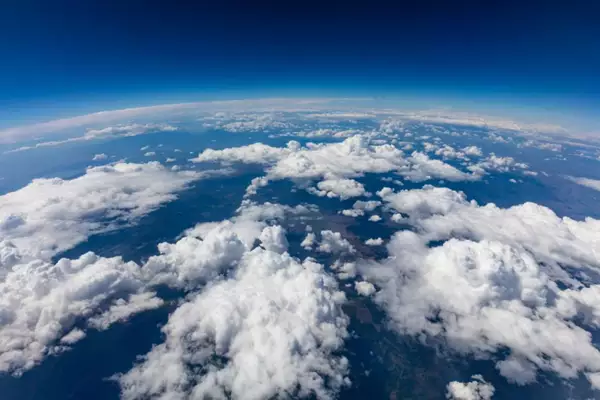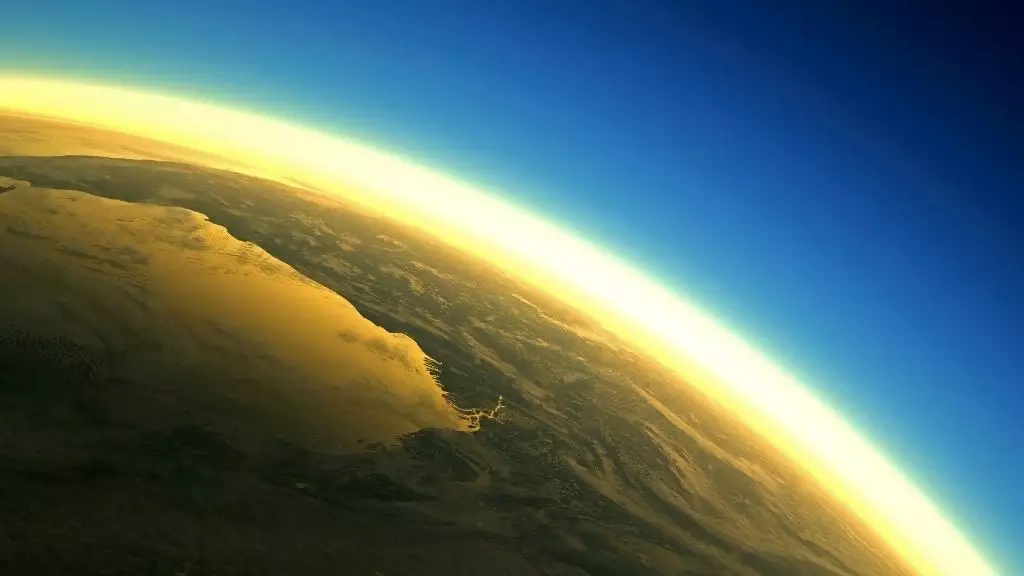The World Meteorological Organization (WMO) has recently issued its annual WMO Ozone and UV Bulletin to coincide with World Ozone Day, providing insights into the current state of the ozone layer and its recovery.
Key Highlights
Ozone Layer Recovery
- Ozone Depletion: Caused by substances like chlorofluorocarbons (CFCs) and halons, which lead to the thinning of the ozone layer, especially over Antarctica.
- 2023 Antarctic Ozone Hole:
- Characterized by an early onset in late August and persistence into December.
- The Hunga Tonga volcanic eruption contributed to changes in ozone transport.
- Chlorine and Bromine Reduction: There has been a continued decline in these ozone-depleting substances, resulting in a positive trend in the ozone layer’s recovery.
- Recovery Timeline: Full recovery to 1980 levels is expected by 2066 over Antarctica, by 2045 over the Arctic, and by 2040 for the rest of the world.
Importance of the Montreal Protocol
- The Montreal Protocol is celebrated as the most successful environmental treaty, responsible for phasing out ozone-depleting substances (ODS).
- Kigali Amendment: Focuses on phasing down hydrofluorocarbons (HFCs), which are potent greenhouse gases, with the potential to prevent 0.5°C of global warming by the end of this century.
Monitoring and Research:
- The WMO Global Atmosphere Watch (GAW) program plays a crucial role in supporting ozone science through continuous observations, analysis, and modelling.
- The Ozone Research Managers (ORM) meet every three years to review ozone research needs and global monitoring strategies.
World Ozone Day:
- Celebrated annually on 16th September, World Ozone Day marks the success of the Montreal Protocol.
- The theme for 2023 is “Montreal Protocol: Advancing Climate Action”, emphasizing the link between ozone protection and climate change mitigation.
About the Ozone Layer:
- Located in the stratosphere at a height of 15-30 km, the ozone layer protects the Earth from harmful ultraviolet (UV) radiation.
Ozone Depletion:
- Caused by ODS like CFCs, halons, and others, leading to the formation of the ozone hole, particularly over Antarctica.
- Accelerated by stratospheric clouds, which provide surfaces for chemical reactions that degrade ozone.
Impact of Ozone Depletion:
- Human Health: Increased risk of skin cancer and cataracts due to higher exposure to ultraviolet (UV) radiation.
- Environment:
- Disrupted plant growth and agricultural productivity.
- Marine ecosystems face reduced phytoplankton survival, affecting the entire aquatic food chain.
Global and National Initiatives for ozone,
Global:
- Vienna Convention (1985): A framework for the protection of the ozone layer.
- Montreal Protocol (1987): Regulates the production and consumption of ODS globally.
- Kigali Amendment (2016): Aims to phase down HFCs to mitigate climate change.
India:
- India’s Cooling Action Plan (2019): Addresses refrigerants, cooling demand, and energy efficiency.
- India has successfully phased out substances like CFCs, Carbon Tetrachloride, Halons, and Methyl Bromide under the Montreal Protocol.
Ref: Source
| UPSC IAS Preparation Resources | |
| Current Affairs Analysis | Topperspedia |
| GS Shots | Simply Explained |
| Daily Flash Cards | Daily Quiz |
Frequently Asked Question:
What is the main cause of ozone depletion?
Ozone depletion is primarily caused by substances like chlorofluorocarbons (CFCs) and halons.
What is the timeline for the full recovery of the ozone layer?
The ozone layer is expected to recover to 1980 levels by 2066 over Antarctica and by 2040 globally.
How does the Montreal Protocol help protect the ozone layer?
The Montreal Protocol helps by phasing out ozone-depleting substances and reducing hydrofluorocarbons (HFCs).
What role did the Hunga Tonga eruption play in ozone depletion?
The Hunga Tonga volcanic eruption impacted ozone transport, contributing to changes in the 2023 Antarctic ozone hole.
What is the significance of World Ozone Day?
World Ozone Day, celebrated on 16th September, marks the success of the Montreal Protocol in ozone protection.



